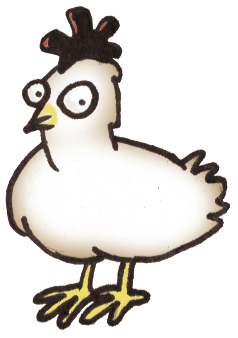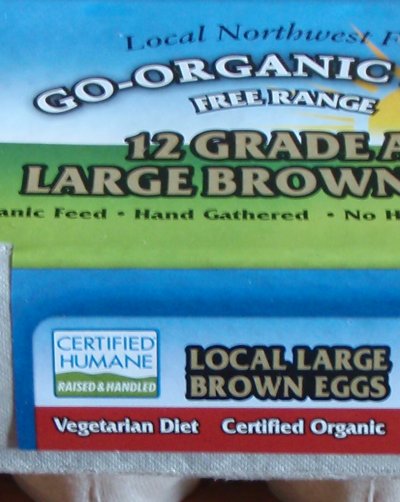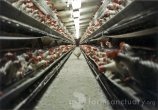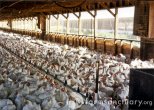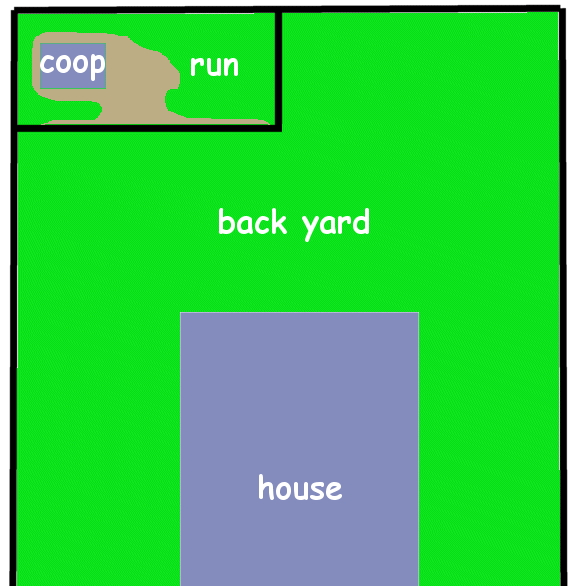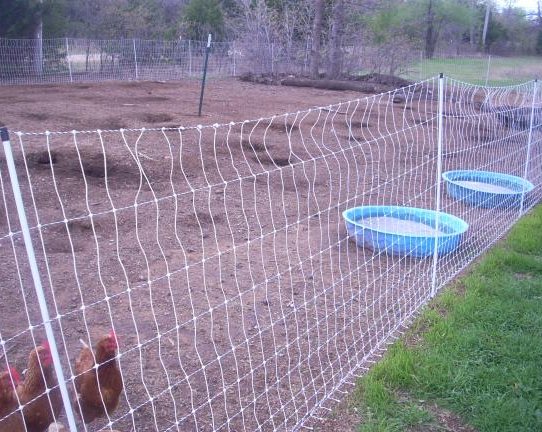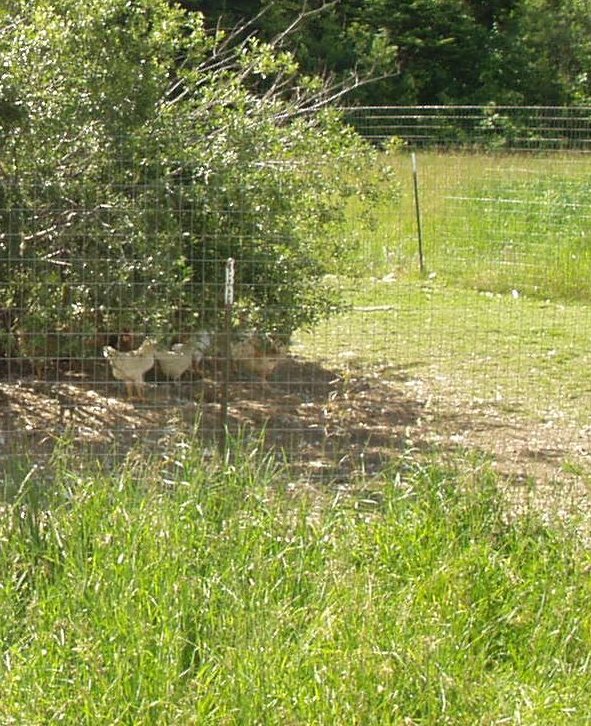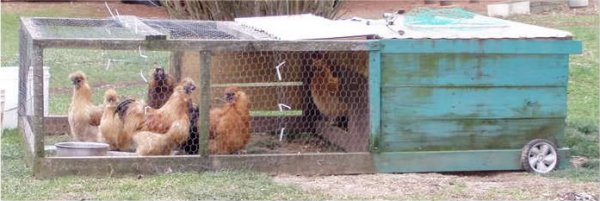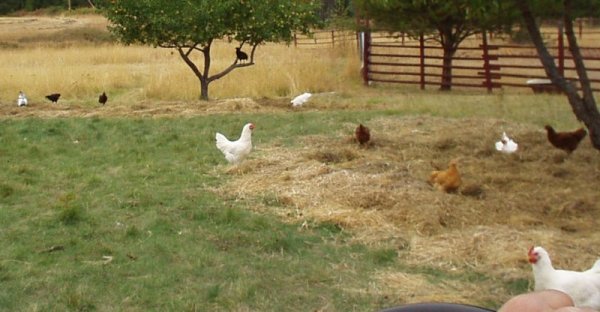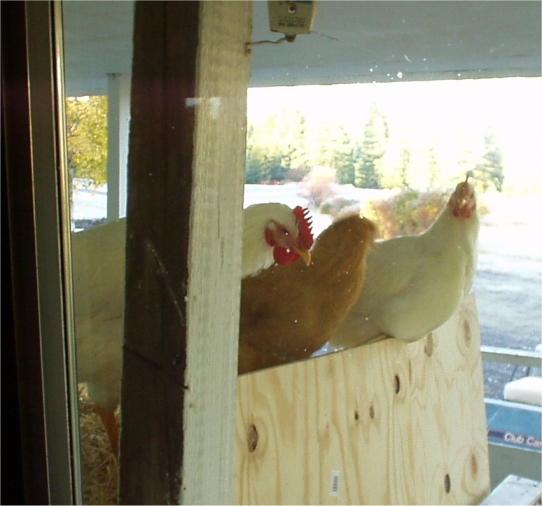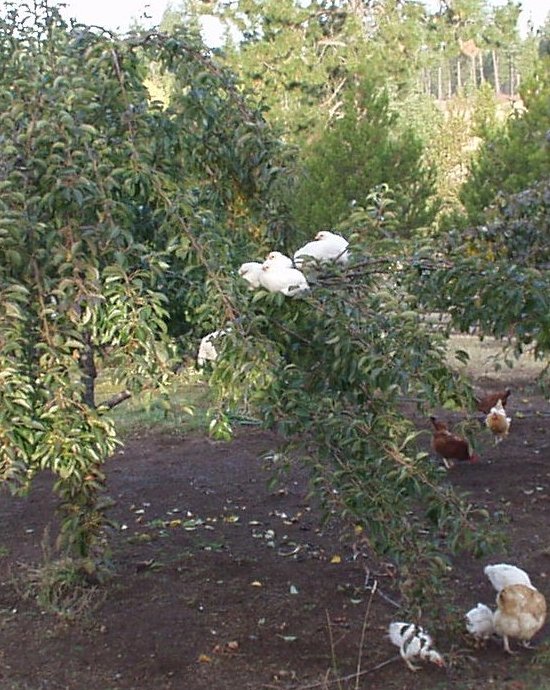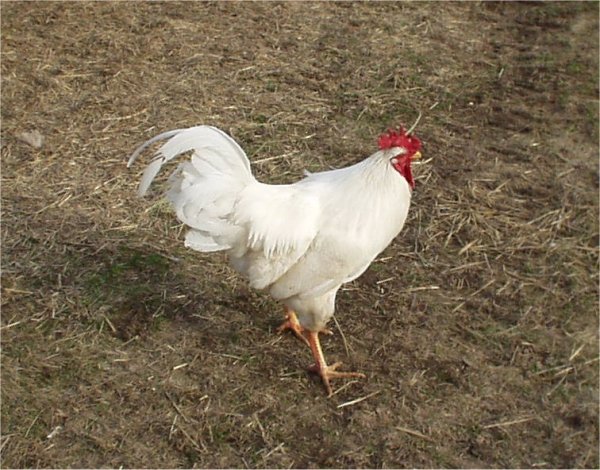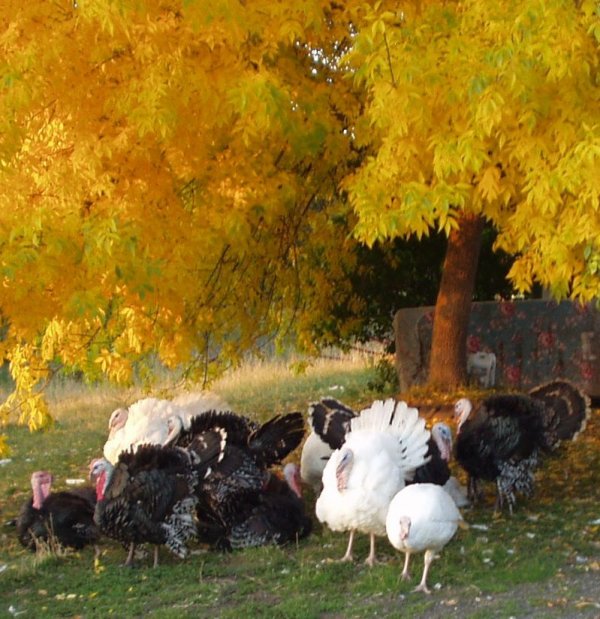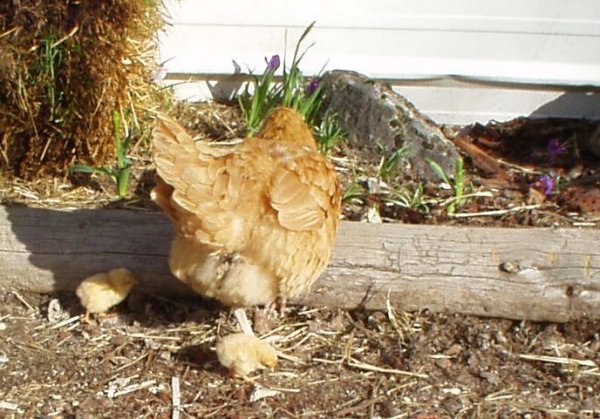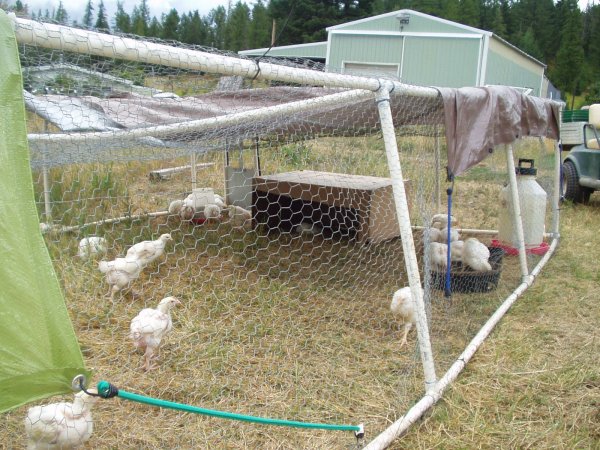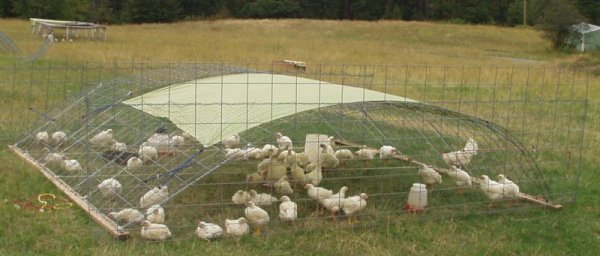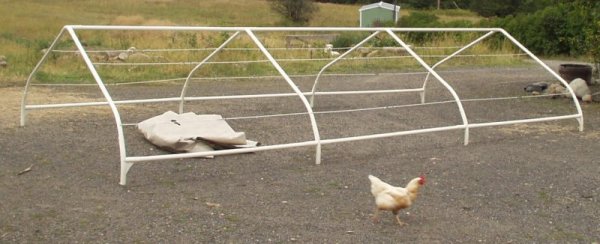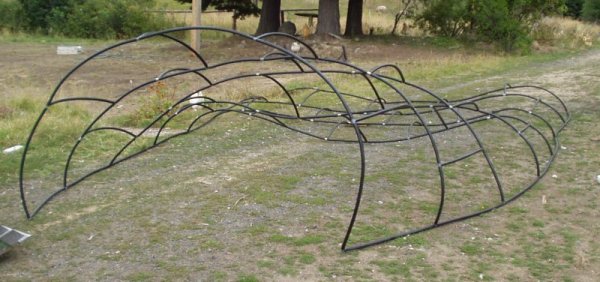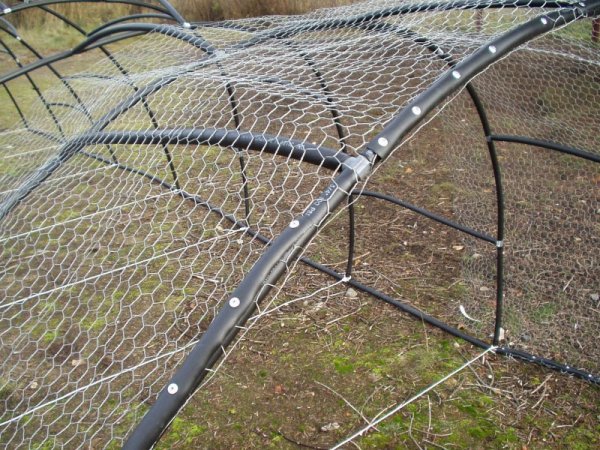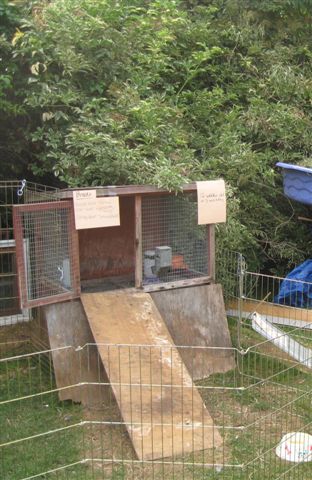breeds for first timers:
I'm gonna go with "buff orpington".
After you have a bit of experience raising chickens, I would recommend getting some chickens dedicated to laying eggs that you keep all year
and in the warmer months you should be raising some chickens just for meat. More on these breeds later.
There are lots of breeds that will be fine for a first timer. Buff Orpingtons are heavy (meaty; not gonna fly out of the paddock)
and a good layer. People friendly. The roosters are quite the gentlemen to the hens. The hens go broody easy so you have a
good chance of seeing some chicks the old fashioned way. I think most folks with experience with multiple breeds would
give the same advice.
breeds for eggs
When you start to get to a scale where you need a lot of eggs, you tend to want to optimize the feed-to-egg ratio: how much
does it cost for you to get an egg? Do you pay more for feed than you get for the eggs? The meat-and-egg-combo breeds (like
buff orpington) tend to not do as well as a lot of the egg breeds.
The number one egg machine is the white leghorn. She lays white eggs.
For brown eggs, the red star or black star are considered the best. These are also referred to as "sex link" because you
can easily tell them apart as chicks.
The rhode island red is a heavy bird with some reputation for laying. But there is some question as to the feed-to-egg ratio.
And the rhode island reds are generally considered not as charming as the buff orpingtons. Euphamistically speaking.
About fifteen years ago .... maybe more ... a guy had a mix of a lot of different chicken breeds and he started putting
the biggest eggs into the incubator. Chicks would pop out, grow up, lay eggs, and the biggest eggs went back into
the incubator. After about ten years of this the guy started selling the chicks. The "Braggs Mountain Buff" lays
massive eggs. I'm not sure about the feed-to-egg ratio, but I suspect it isn't too bad.
The egg breeds tend to be smaller and more likely to fly over a fence. They also tend to be more skittish around people.
There is concern over the egg breeds having only one good egg laying year
and then they are spent.
More about chicken breeds for eggs
breeds for meat
Most folks raise cornish rock cross.
The first time I raised cornish rock cross, I was not prepared for ... how different it is to raise them. By harvest
time I had a 30% mortality rate! I was sure I was somehow inadvertantly torturing these birds! After doing a lot of
checking around, I found out that most people experience at 30% mortality rate. This breed grows so fast many suffer
from broken legs and many have heart attacks. These birds grow so fast that there is a period of time at about six weeks of
age when their feathers are in, but not completely and they look half plucked. This breed has no real interest in eating bugs,
they would rather just hang their head into the feeder all day.
As they approached their harvest date I told myself I would never raise these again. They are just too freaky. And the
way they die at the drop of a hat is just too depressing.
Harvest day came. And we ate one. It was the tastiest chicken of my life.
So here's the upsides: Other breeds are generally harvested at about five months (21 weeks). These are generally harvested
at about 8 to 9 weeks and when you harvest them, they are bigger. Half the time of having to care for them - that right there
makes for half the hassle, half the predator problems, half the weather problems, half of ... a lot of things. The feed to meat
ratio is excellent. And did I mention the flavor?
Based on the first harvest, in my opinion, the downsides outweigh the upsides.
This might be a good time to address an obvious solution for a lot of folks: why not just harvest layers that are not laying
anymore or layers that turn out to be roosters? The answer is that you DO harvest those also. Those are generally considered
soup birds because their meat is generally tough and has a stronger flavor. If you have a large egg business and you don't
have a meat business, and you don't mind a tougher bird, then, sure, that would be a good way to go.
For those that are looking for more meat, then meat breeds are the best path.
I have two approaches to explore. 1) Go with the cornish-rock-cross and try to mitigate the downsides, or 2) Go with another
breed.
When it comes to an alternative breed, there are some breeds that turn out to be almost as big almost as fast. And
thanks to Salatin's pastured poultry book, there is getting to be more demand for alternative breeds that not only
get to the harvest size fast, but they are better foragers and less prone to heart attacks. While a cornish-rock-cross
will reach "five pounds live weight" (the standard) in six to eight weeks, some of the alternatives claim nine weeks and
some others claim nine to twelve weeks. More on alternative breeds here.
There are people that raise cornish-rock-cross and get a mortality rate under 5%. I have been able to get it down to
15% and have a lot of ideas on getting it in line with those that get less than 5%.
The first thing I've done is to never keep more than 25 cornish-rock-cross chickens in a pen (paddock) at a time. When it rains or
gets cold they want to pig-pile on top of each other and the chickens at the bottom die.
(something I have not tried yet) If they are in a paddock, cut back on their feed. Some people insist that you feed cornish-rock-cross twice a day,
but make sure they run out of feed at least a few hours before you bring new feed. This keeps them from getting too heavy, too fast.
I really don't like the idea of depriving a chicken of food since a chicken naturally eats every two hours. But ... in a
paddock there is gobs of food if they just go and get it. So my thinking is that on the fourth week to feed them every twelve hours
but just enough so that in three hours the food is gone. If they want more they will get it from the forage. And observe
how it goes. If they do forage more, I might cut it back to once a day. I prefer the idea of leaving them a week's worth of food
while they are in a paddock and they can eat all they want - but they prefer the forage. But the cornish-rock-cross doesn't
seem to want to play that way.
Enticing them from early on with bugs. When they are chicks they are active and they LOVE bugs! But when they get older
they just want to hang their head in the feeder and not chase bugs. I raised a bunch of meal worms and fed them to
the chicks with the idea of feeding them meal worms once a day for the first three weeks and then, hopefully, they would
forage for their own bugs! Every time I brought them bugs they went wild for them. But I never got around to the part
of monitoring how they did in the wild. My bad.
More on raising cornish-rock-cross.
